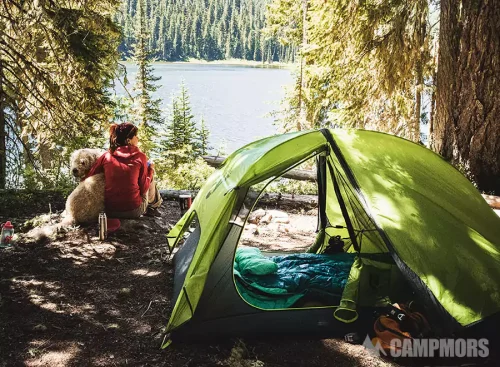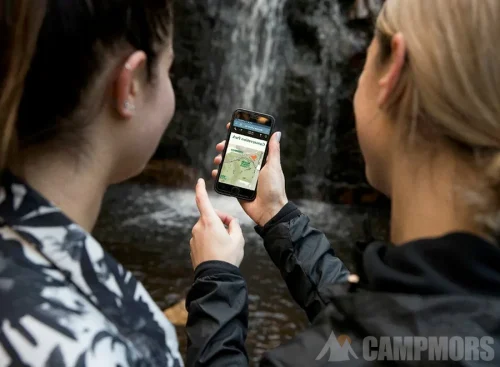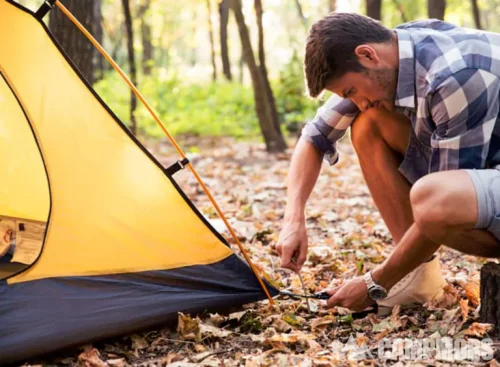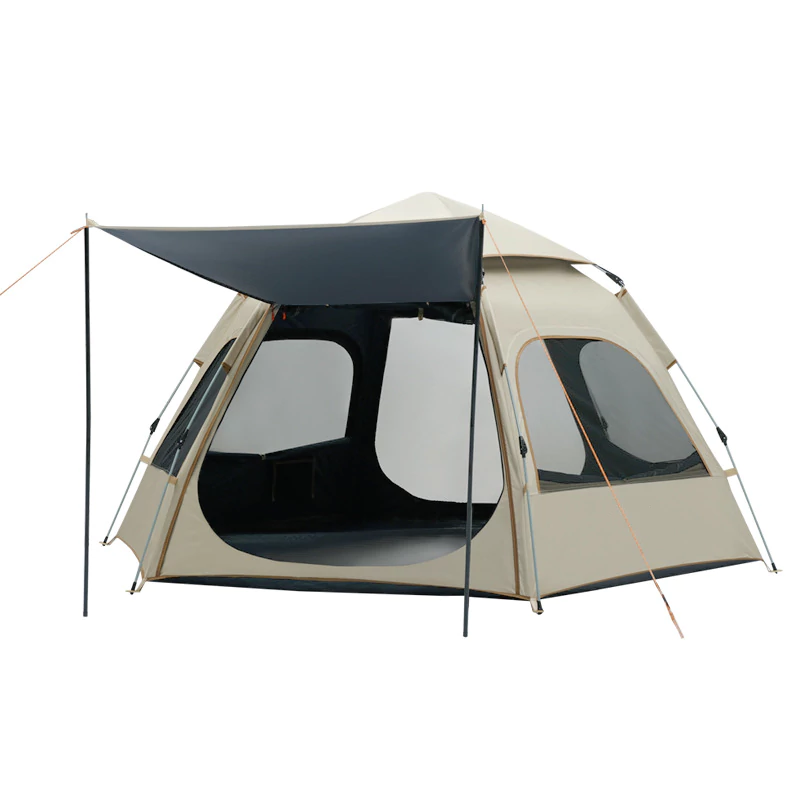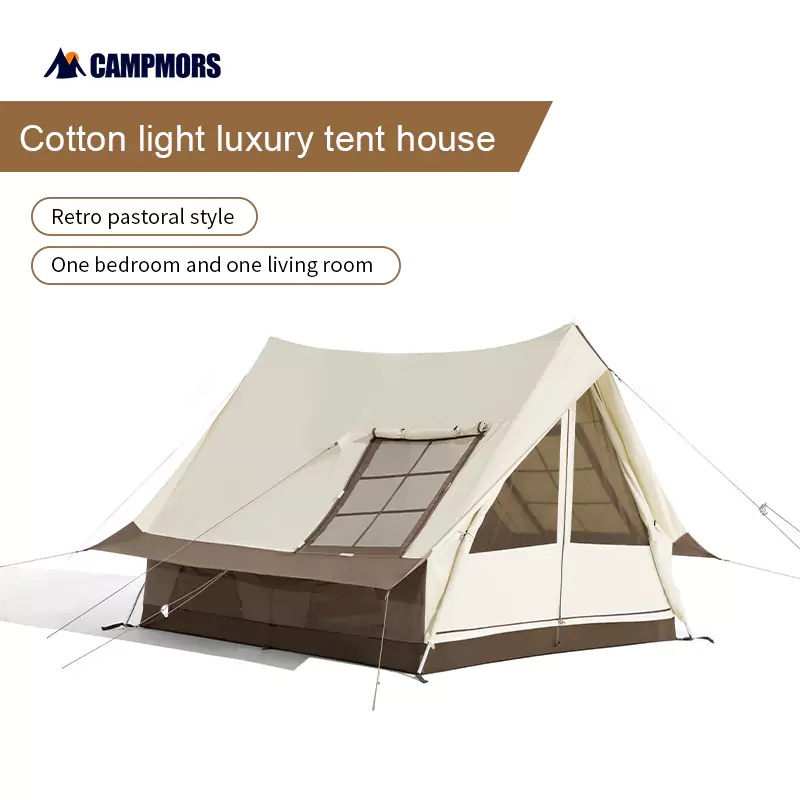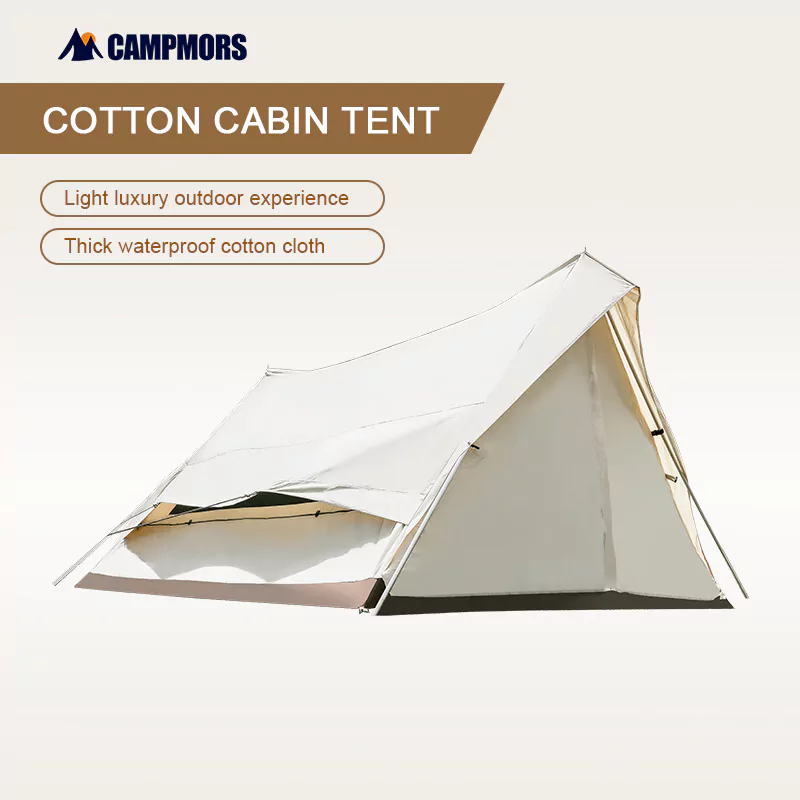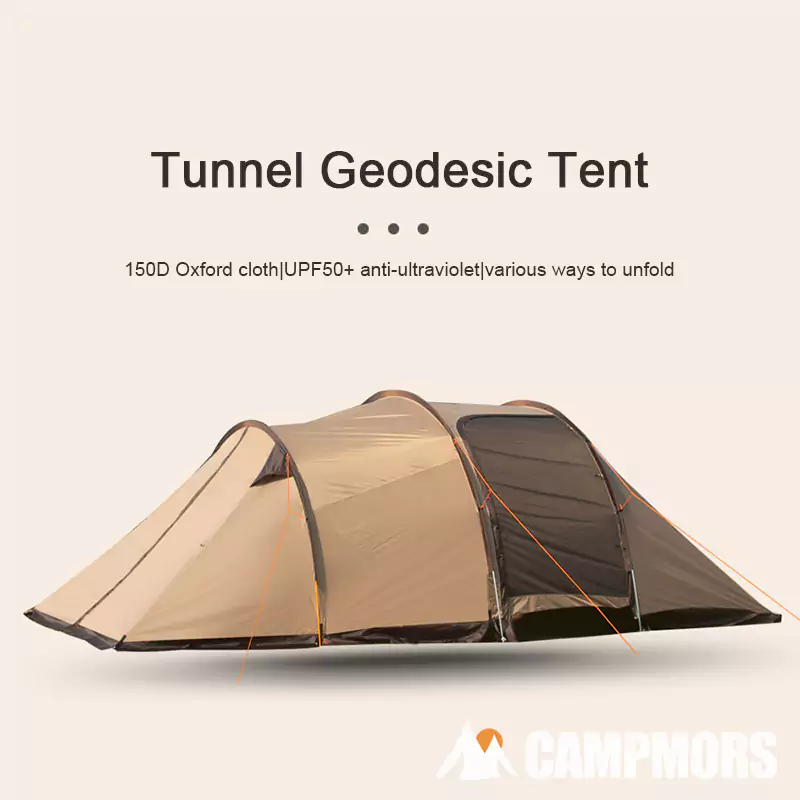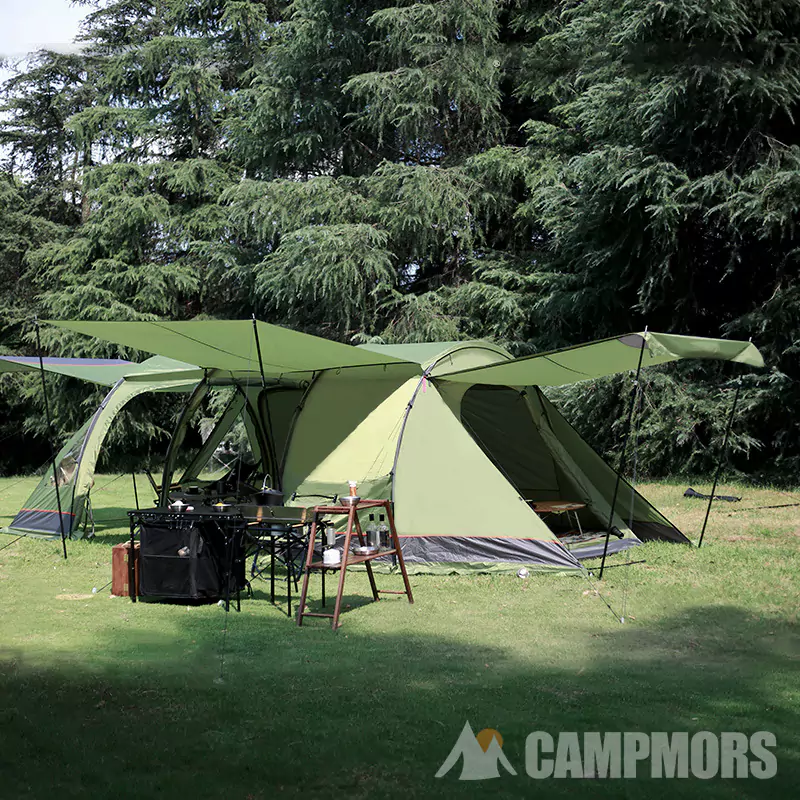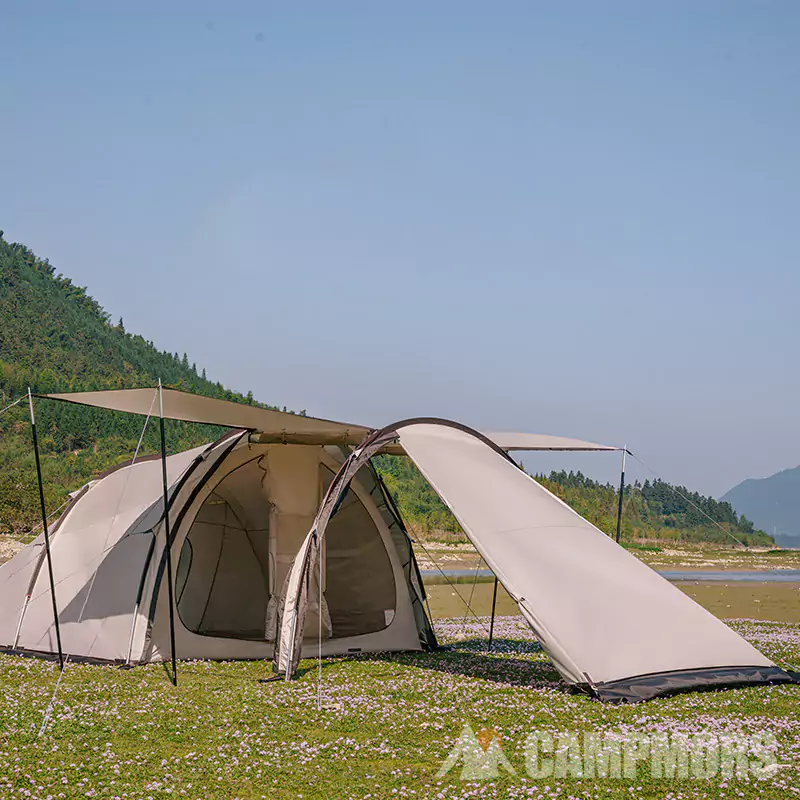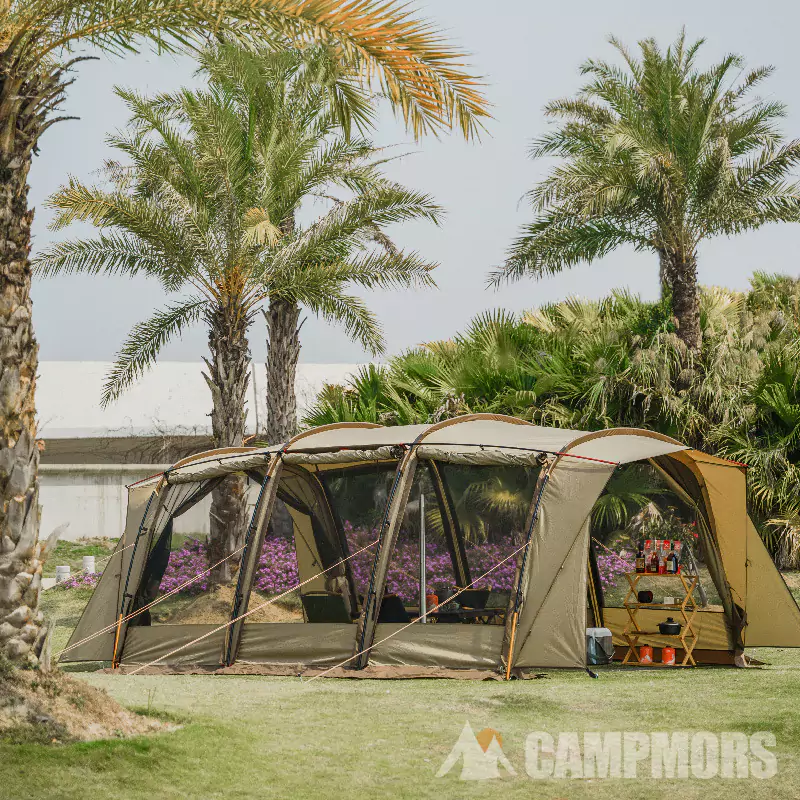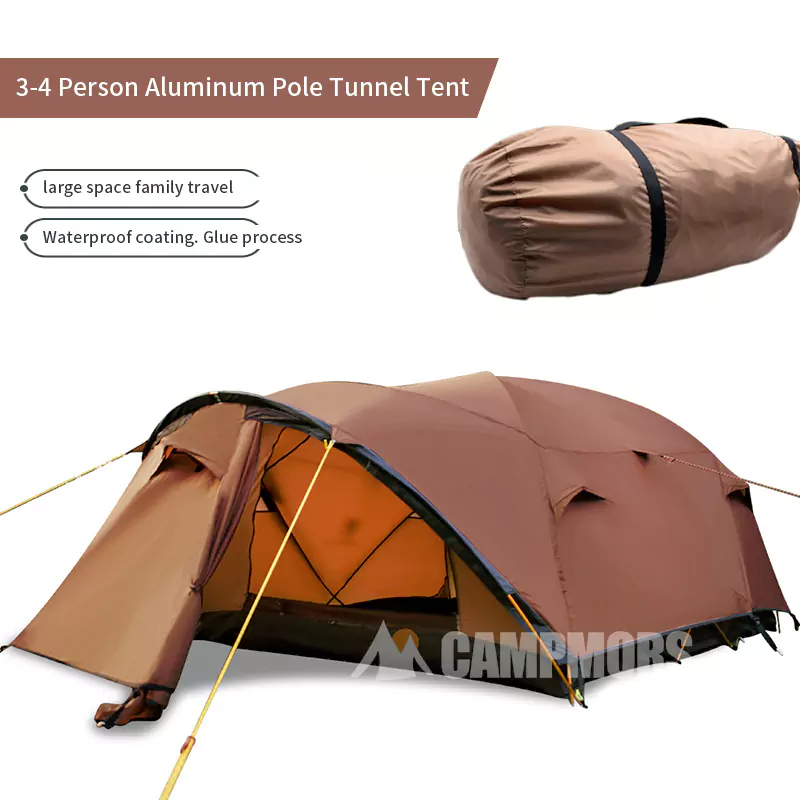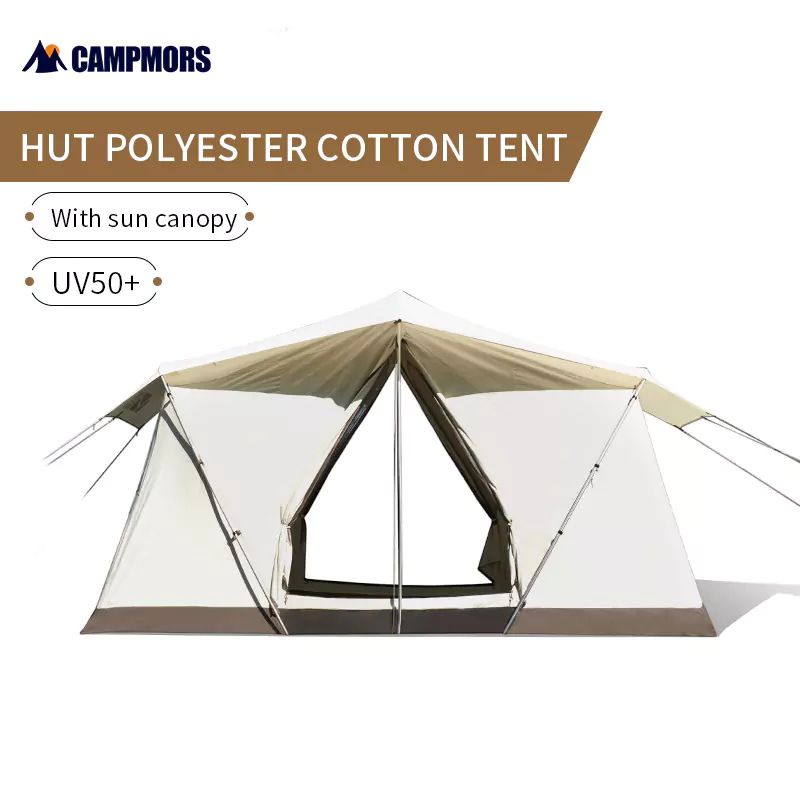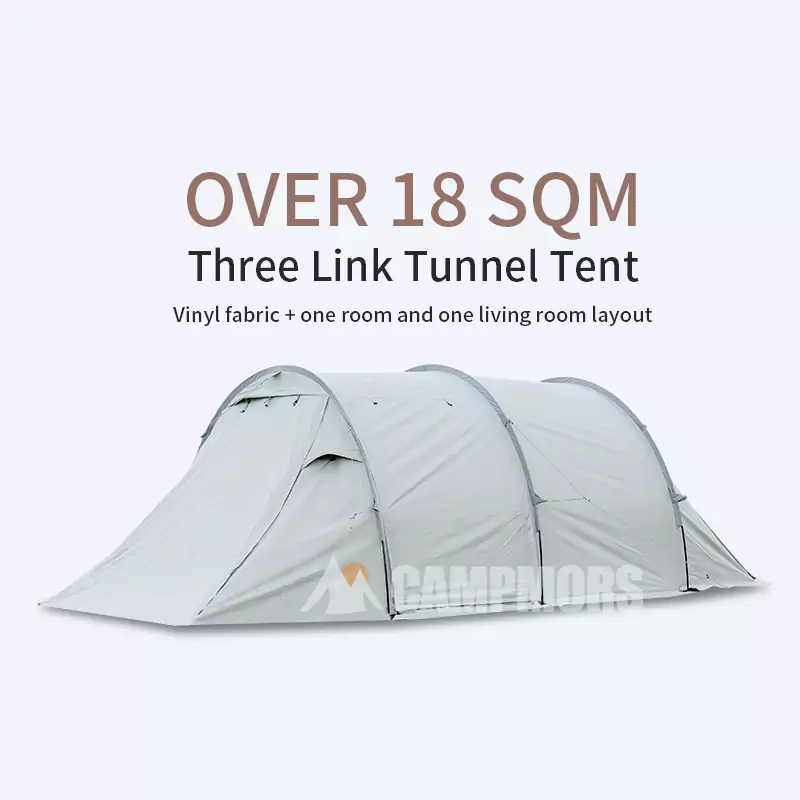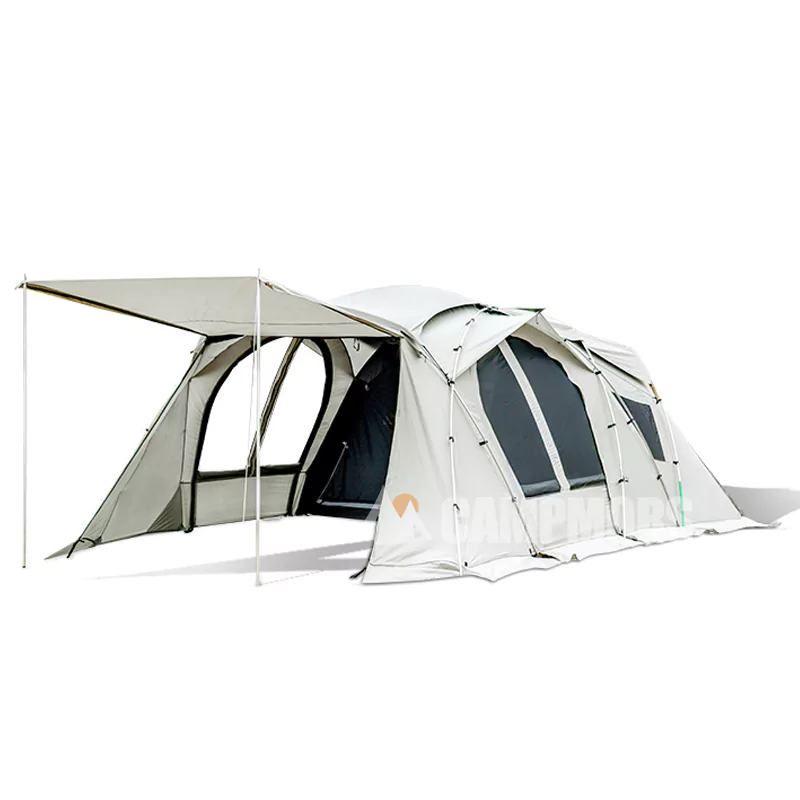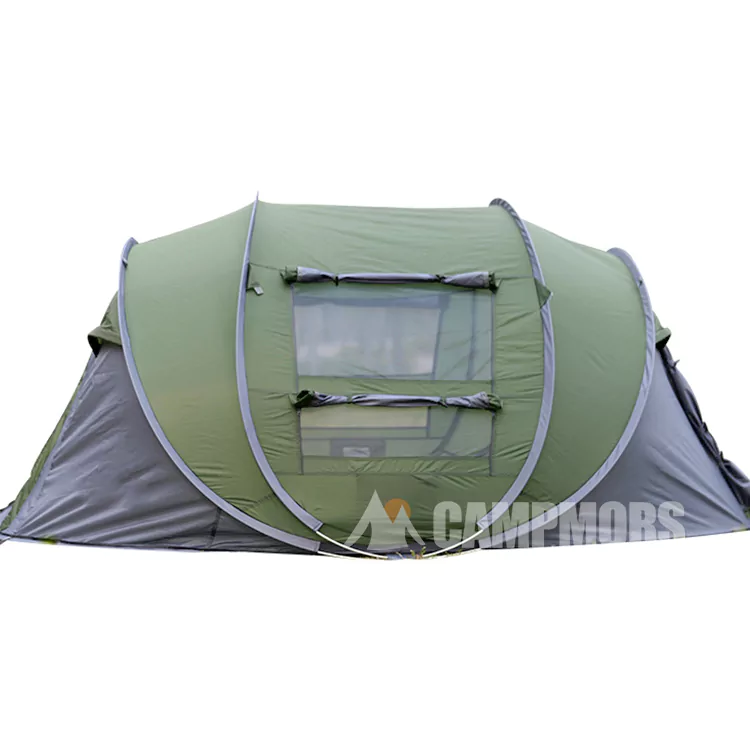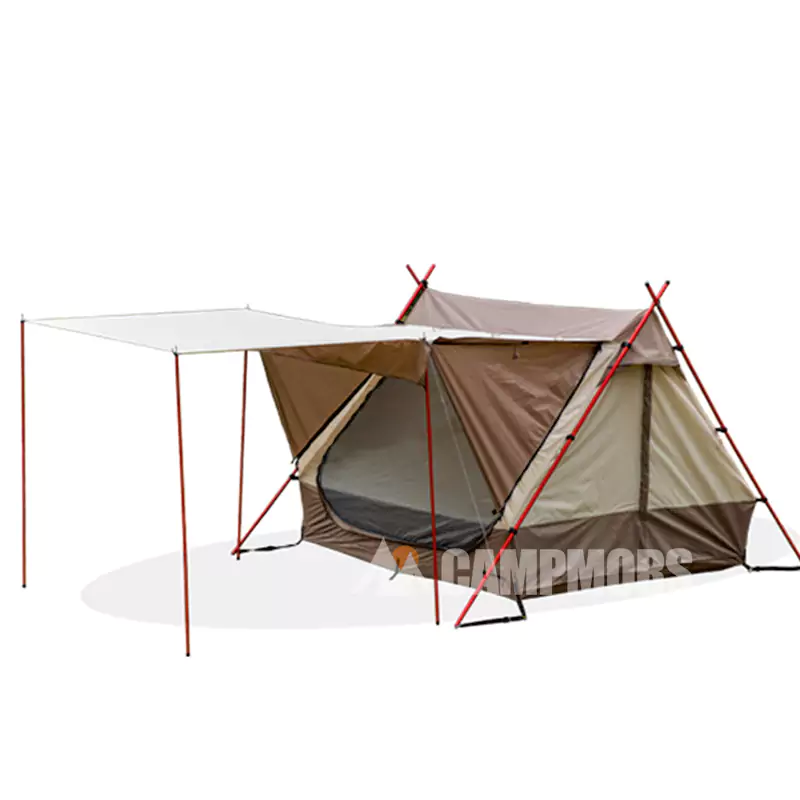Newbies and seasoned campers alike are always unsure of what we should pack when packing for a family/team camping trip. Campmors has put together this family/group camping checklist for you. Help you pack all the items you need to avoid omissions that affect everyone’s camping experience.
Tent system:
tents, tarps, floor mats, ground nails, rain ropes, canopies;
Sleep system:
Sleeping bags, sleeping pads, camping pillows, windproof blankets;
Leisure system:
Hammocks, folding tables, folding chairs;
Cooking System:
Lighters, portable camp stoves, baking trays, water purifiers, kettles, coolers, camping sinks, kitchen knives, cutting boards, pots and pans, cleaning supplies;
Lighting system:
Light strips, tent lanterns, headlights, flashlights, astigmatism;
Electronic system:
Audio, solar charging stations,
Additional gadgets:
Backpack, first aid kit, compass, camping survival knife and axe, insecticide, personal hygiene kit, bear spray;
You also need to prepare some additional camp clothing in combination with the local temperature difference between morning and evening. The hot sun needs to be cool, and the cold winter night needs to be warm.
If you have kids in your party, consider getting them some additional items such as sunscreen, snacks, fishing rods, board games, and other kid-friendly entertainment toys. They might ask to go home if they are unhappy, but we don’t really want to end the journey so soon.
Bringing your dog or cat? Make sure to add their supplies to your family camping list. Such as: food, dog bowls, dog beds and blankets. After all, they also need food and rest.
The above list is just a list of common group family camping gear. You can choose the best choice according to your own backpack situation, or make additional supplements. If you have any other camping gear that you think is perfect for family camping, let us know and we’ll hear from you.
